Do you wet crushed rock before compacting? - HENGDA RIC
- Update time:2023-01-28 15:55:38
- Views:352
RIC technique is performed at the surface of a terrain and it comprises of a heavy excavator which is equipped with a specially designed arm onto which the hammer is attached. Within the hammer, a 5 to 10 drop weight is hydraulically lifted till a required height after which the weight is dropped using a hydraulic acceleration. This whole process of lifting and dropping of the weight takes place with a frequency of 30 to 80 times a minute.
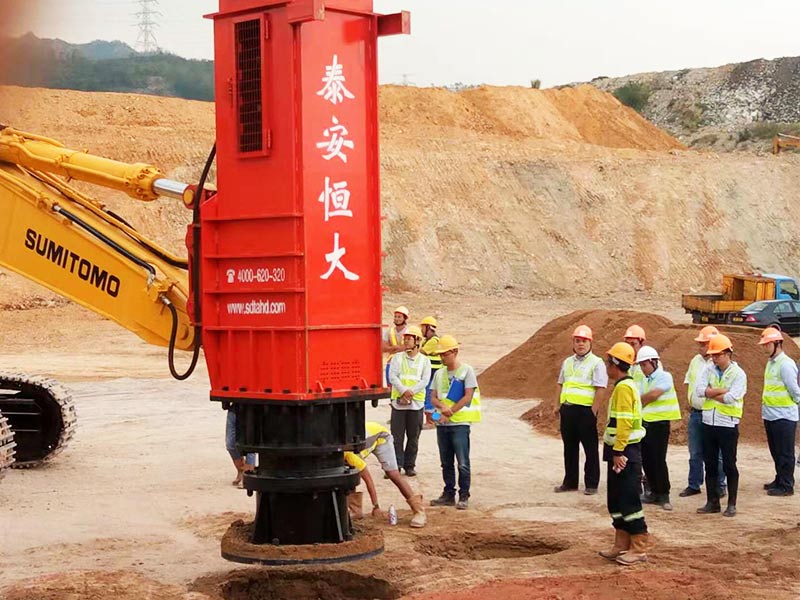
During the compaction of a location, the foot remains into contact with the soil. The impact of the hammer on to the foot initiates the compaction process. The movement of the foot into the ground, the heavy weight of the equipment and high energy transfer is also causing densification. The dense compaction grid ensures that a homogeneous compaction is reached throughout the area. This is caused because the impact locations are also affected by the compaction of nearby points which results in improving the overall performance.
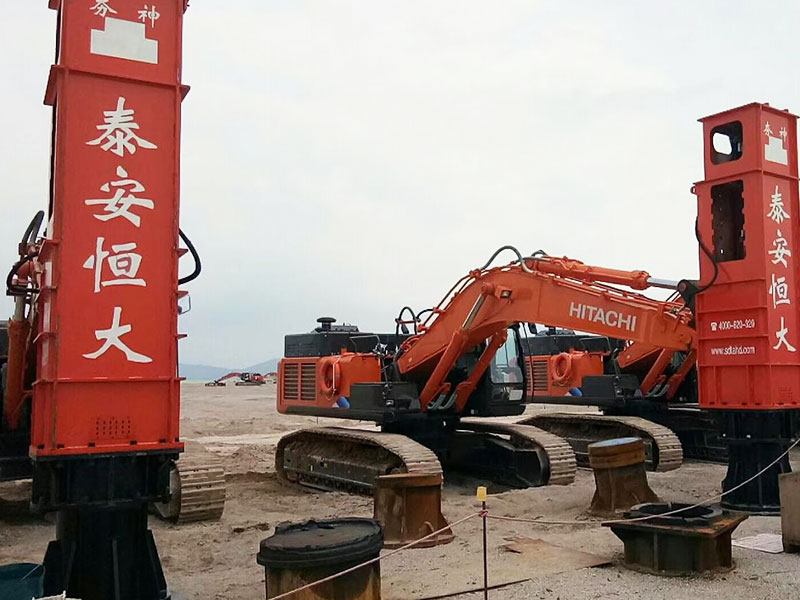
Rapid Impact Compaction (RIC) is an innovative dynamic compaction device mainly used to compact sandy soils, where silt and clay contents are low. RIC closes the gap between the surface compaction methods (e.g. roller compaction) and the deep compaction methods (e.g. deep dynamic compaction) and permitting a middle-deep improvement of the ground. RIC has been used to treat a range of fills of a generally granular nature and some natural sandy and silty soils.
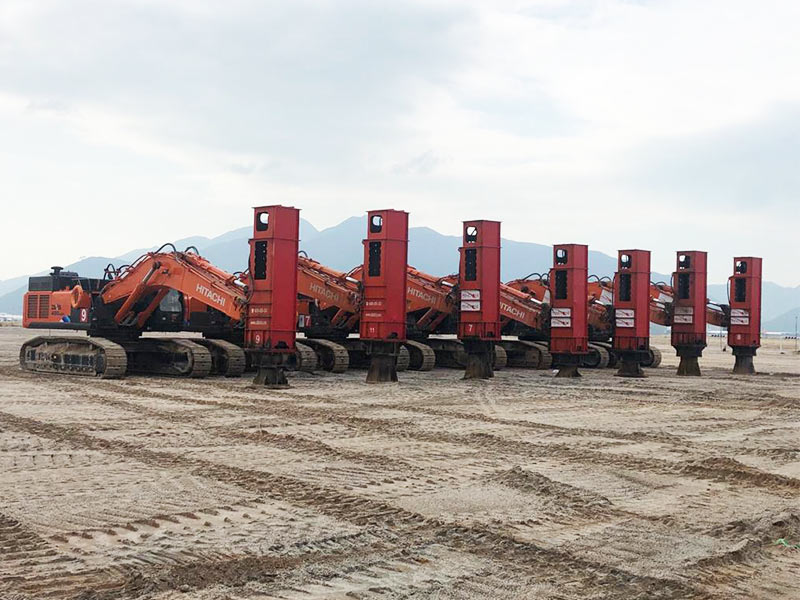
The RIC system uses "controlled impact compaction" of the ground using a 9-ton hammer dropped from height between 0.3 m to 1.2 m onto a 1.5 m diameter steel patent foot delivering about 26,487 to 105,948 Joules of energy per drop. RIC can be used to densify loose soils down to a depth of about 4 m to 6m. RIC consists of an excavatormounted hydraulic pile-driving hammer striking a circular plate (patent foot) that rests on the ground. The tamper typically strikes the plate at a rate of 40 to 60 blows per minute.
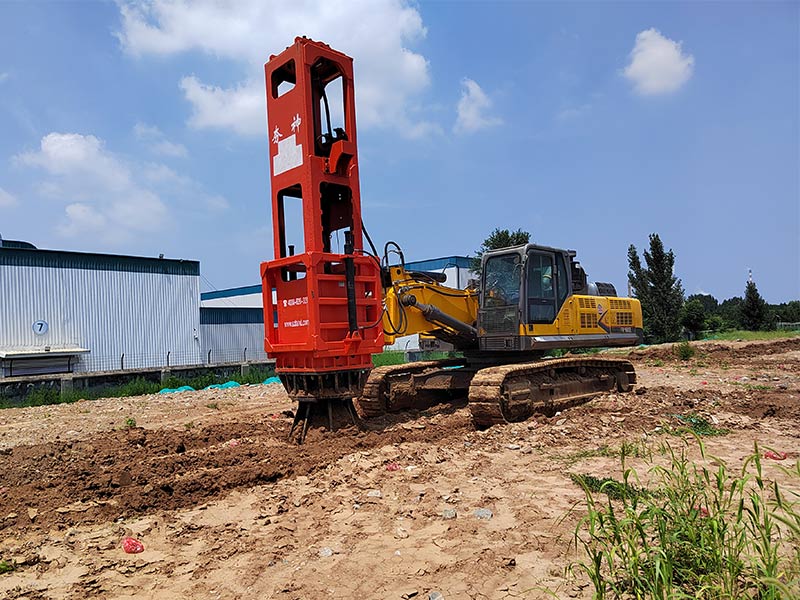
RIC can be used to improve bearing capacity and reduce liquefaction potential of loose soils. The compaction sequence is designed to work from the outside in, so that compaction of the lower zone soils occurs first followed by compaction of the upper zone. Data monitoring during the compaction process and the online display in the operator’s cab enables compaction control, an economic application of the compaction tool, and a work integrated quality control. The total impact depth of the impact foot, the number of blows, and the final settlement of the impact foot after a blow define the stopping criteria.
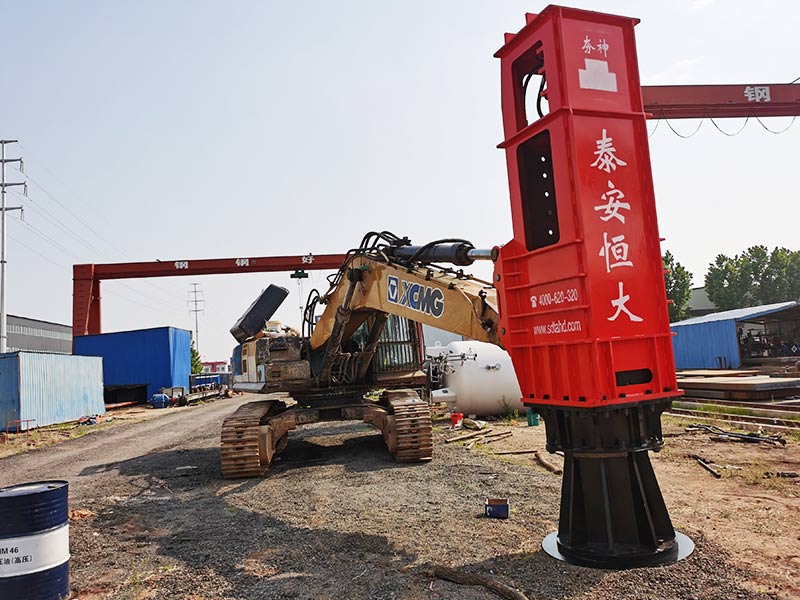
The way in which RIC improves the ground is a “top-down” process, compared to Dynamic Compaction (DC) which is a “bottom-up” process. The first few blows in rapid impact compaction create a dense plug of soil immediately beneath the compaction foot. Further blows advance this plug deeper, which compacts soil in a deeper layer. This process progresses until little further penetration of the compaction foot can be achieved with increasing blows.
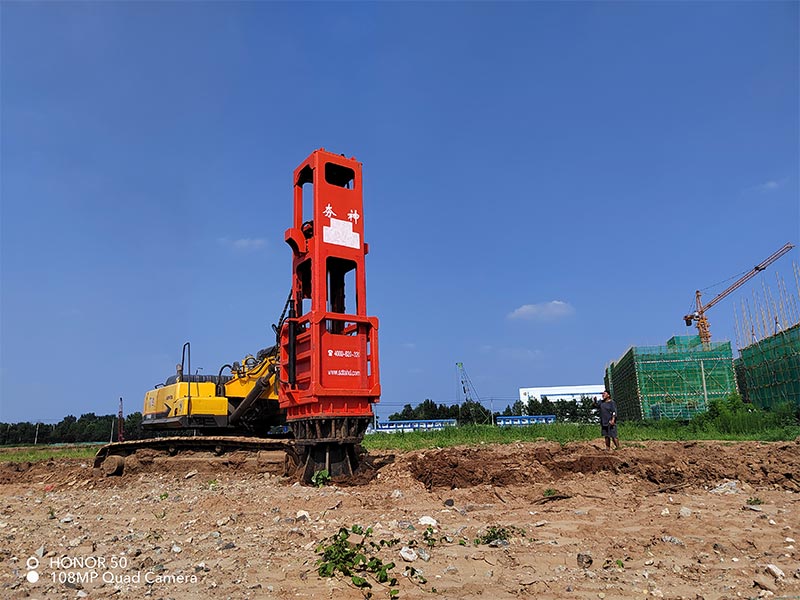
This compaction energy brings the soil particles into a more densely packed structure. The compaction energy is transmitted safely and efficiently as the compaction foot remains in contact with the ground. No flying debris occurs during the compaction process. The hammering of the foot by the impact weight is the reason of the sub-soil compaction. Indeed, the huge amount of energy developed upon the hammering process and transmitted to the ground through the foot, pushes the backfilling material into a denser structure.
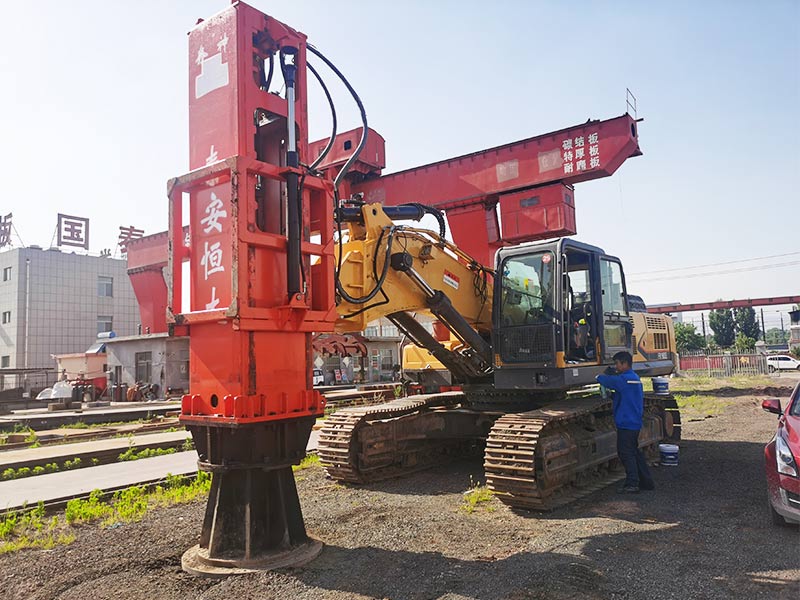
RIC is an acronym that stands for Rapid Impact Compaction. It involves a machine, an excavator, a 50 tonne excavator, that has a purpose-built attachment that undertakes what is called Rapid Impact Compaction. Its purpose is to, basically compact loose materials in the ground underneath where we are trying to build the road.
- 2023-02-09Should you wet dirt when compacting? - HENGDA RIC
- 2022-08-27What is a rapid impact compaction? What is the construction method of rapid impact compactor?
- 2023-02-14How much water required for soil compaction? - HENGDA RIC
- 2022-08-15What is the appropriate depth of rapid impact compaction?
- 2022-12-2910 tons rapid impact compactor for sale in South Africa
- 2022-12-23Why should I use rapid impact compaction ground improvement?
- 2023-02-09Rapid impact compaction ltd - HENGDA RIC
- 2023-02-14What is an alternative to a compactor? - HENGDA RIC
- 2023-01-29What does it mean to have 95% compaction? - HENGDA RIC
- 2023-01-19What does it mean to have 95% compaction? HENGDA RIC
- 2022-08-15What is rapid impact compaction method? - Rapid impact compaction manufacturer
- 2022-08-15Rapid impact compaction in China's Guangdong high-speed construction
- 2022-08-15Rapid impact compaction (ric) method commonly used for
- 2022-08-15What is Rapid Hydraulic Compactor? - Rapid Hydraulic Compactor China Supplier
- 2022-08-15Rapid impact compactor under construction at Xiamen Airport in China
- 2022-08-15HC36 Rapid Impact Compaction Equipment in Jiangxi Highway Construction in China
- 2022-09-28Rapid impact compaction under construction at Dubai Airport in UAE
- 2022-08-15Rapid impact compactor at the construction site of Jazan Airport in Saudi Arabia
-
Construction Technology of HC36 Rapid Impact Compaction in Gansu, China
Construction points of rapid impact compaction machine in Ga...
-
Rapid Impact Compaction machine tamping depth - how many hammers for Rapid Impact Compaction machine
Take the widely used rapid impact compaction machine as an e...
-
Rapid Impact Compaction equipment manufacturer-Rapid Impact Compaction debugging equipment
Rapid impact compactors have two compaction forms in practic...
- Hengda Machinery Co., Ltd
How much is the price of rapid impact compaction, model parameters, etc.


